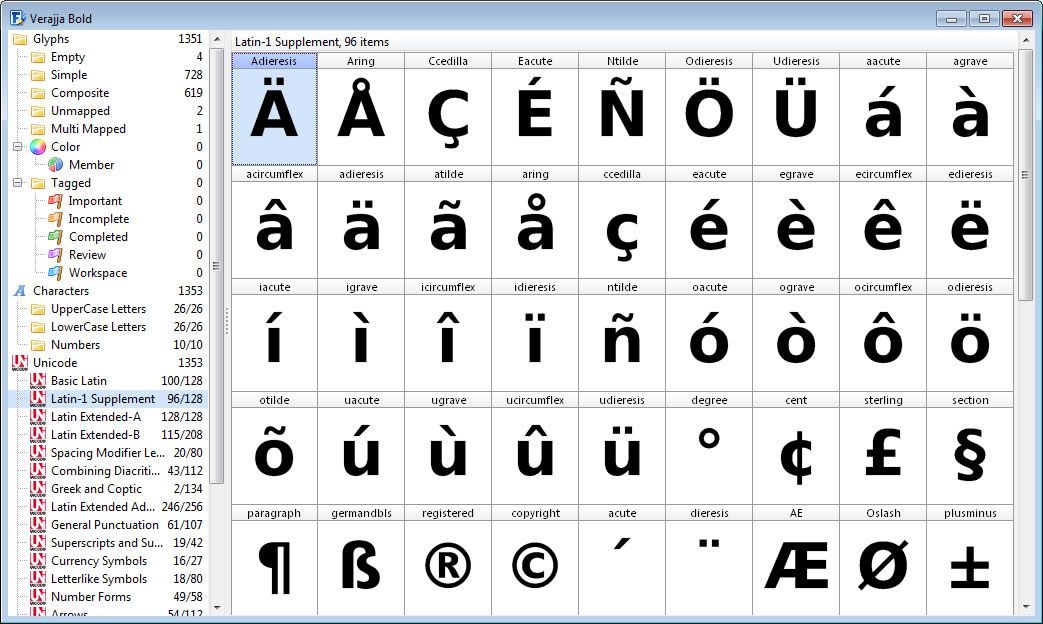

- #Modify windows to allow you to type unicode codepoints how to
- #Modify windows to allow you to type unicode codepoints code
#Modify windows to allow you to type unicode codepoints code
Worse still, 128 additional glyphs doesn’t even come close to providing enough characters to represent some languages: For example, high-school level Chinese uses 2200 ideograms, with several hundred more in everyday use, and in excess of 7000 ideograms in total.Ĭlearly, code pages – additional sets of 128 chars – are not a scalable solution to this problem. However, writing code to handle/swap Code pages, and the lack of any standardization for Code pages in general, made text processing and rendering difficult, error prone, and presented major interop & user-experience challenges. By selecting a different Code page, a Terminal can display additional glyphs for European languages and some block-symbols (see above), CJK text, Vietnamese text, etc. Code Pages – a partial solutionĬode pages define sets of characters for the “extended characters” from 0x80 – 0xff (and, in some cases, a few of the non-displaying characters between 0x00 and 0x19). To accomplish this, the ASCII table was extended with the addition of an extra bit, making characters 8-bits long, adding 127 “extended characters”:īut that that still didn’t provide enough room to represent all the characters, glyphs and symbols required by computer users across the globe, many of whom needed to represent and display additional characters / glyphs. For example, how should letters with accents, umlauts, and additional symbols be represented?
#Modify windows to allow you to type unicode codepoints how to
The rapid adoption of Computers in Europe presented a new challenge though: How to represent text in languages other than English. Over time, additional changes were made to some of the characters and control codes, until we ended up with the now well-established ASCII table of characters which is supported by practically every computing device in use today. This simplified character case detection/matching and the construction of keyboards and printers. Seizing the opportunity, the International Telegraph and Telephone Consultative Committee (CCITT, from French: Comité Consultatif International Téléphonique et Télégraphique) proposed a change to the ANSI layout which caused the lower-case characters to differ in bit pattern from the upper-case characters by just a single bit. The initial X3.4-1963 standard left 28 values undefined and reserved for future use. … and Microsoft gets a bad rap for naming things 😉 In 1963, the American National Standards Institute (ANSI) published the X3.4-1963 standard for the American Standard Code for Information Interchange (ASCII) – this became the basis of what we now know as the ASCII standard. The dawn of modern digital computing was centralized around the UK and the US, and thus English was the predominant language and alphabet used.Īs we saw above, the ~95 characters of the English alphabet (and necessary punctuation) can be individually represented using 7-bit values (0-127), with room left-over for additional non-visible control codes. Given this complexity, how do computers represent, define, store, exchange/transmit, and render these various forms of text in an efficient, and standardized/commonly-understood manner? In the beginning was ASCII Chinese, Japanese, Korean, Vietnamese, etc.) you’ll likely read and write text with a few more symbols … more than 7000 in total! Now add around 30 symbols for punctuation and you’ll need around 95 symbols in total. English, French, German, Spanish, etc.), chances are that your written alphabet is pretty homogenous – 10 digits, 26 separate letters – upper & lower case = 62 symbols in total. If you’re someone who speaks a language that originated in Western Europe (e.g. How hard can it be, right – it’s just letters? Noooo! Read-on! Representing Text The most visible aspect of a Command-Line Terminal is that it displays the text emitted from your shell and/or Command-Line tools and apps, in a grid of mono-spaced cells – one cell per character/symbol/glyph.



 0 kommentar(er)
0 kommentar(er)
